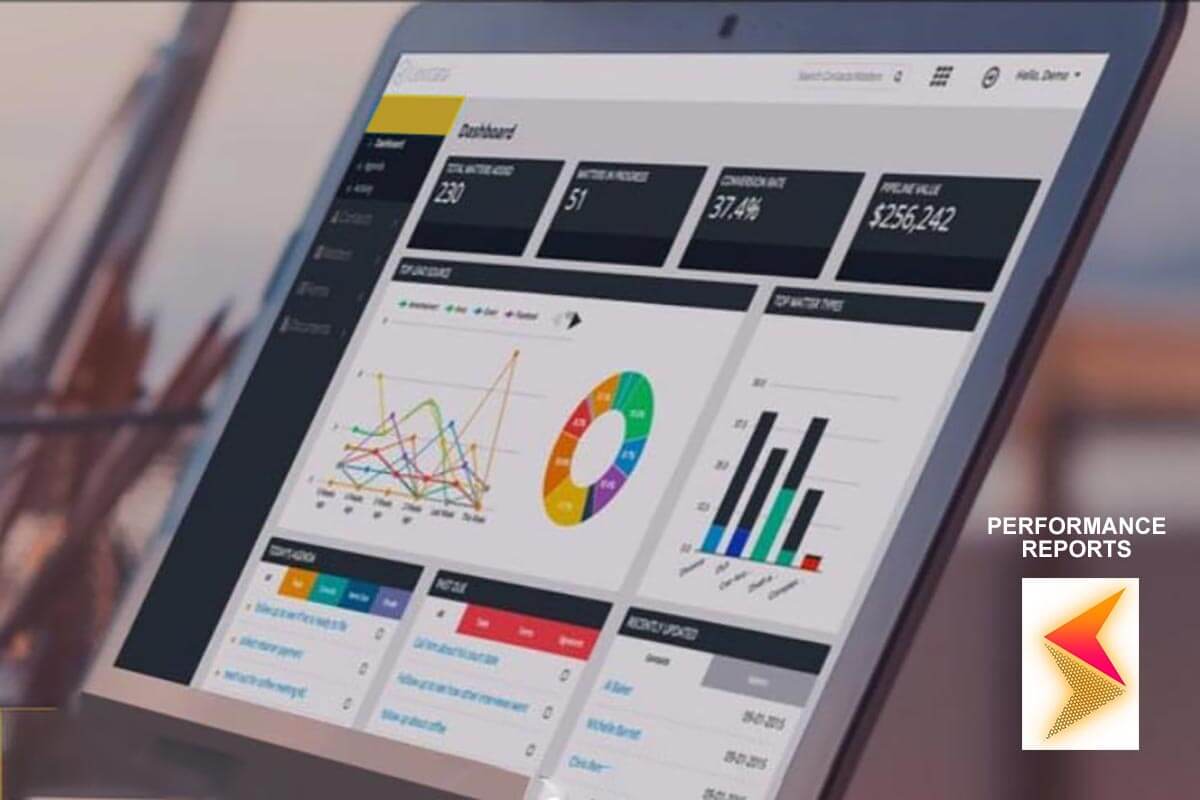
The click from an innocent enough action to send a mail poses harm to the environment just like the action to switch on lights (at varying degrees of course).
The environment is at a fast declining rate, and it is because of this fact that means are everyday getting introduced to combat the damage. On UK.collected.reviews, energy providers’ reviews are given on a steady basis. The harm from running websites contributes in its own way to the environmental decline, but there are ways better can be had.
Each time a website is viewed, there is carbon emitted. Same happens as pages are continually opened. Where a website developer ensures that there is ease in accessing a site, thus reducing click rates required to access pages in a site, the carbon emitted would be significantly reduced.
Pop-ups that interrupt the flow of use of a website should also be reduced, because the more pop-ups there are, the more data is consumed in the website, and the steady consumption of this data is what poses harm to the environment. Pop-ups work to introduce site visitors to other gains might be had from a site, or it may be an advertisement. Having lots of it slows site performance. When it is reduced to a good extent, there will be optimization in website performance, which in turn aids in bettering the environment.
The data gotten from websites are usually saved on host services, and while it is easy to forget about this to simply focus on implementing means of improving site performance, where the kind of power used to generate operation by the host service is fossil fuel rather than renewable energy, more danger is posed to the environment the more site there is that uses said host service.
As stated already, means are getting introduced to combat the damages posed to the environment from the web development sphere, so green hosting options should first be considered before other non-green hosting ones.
A reduction in data transfer is also of importance. This relates to the unseen transfer of data that happens in the use of websites, as it relates to the data gotten from pages. This includes high resolution videos watched, and the pictures used. While it would not be denied that the use of pictures increases the amount of time a visitor is likely to stay on a site, only necessary images should be added. With videos, if the same videos are available on video streaming sites like YouTube or Vimeo, they should be linked, rather than freshly added in the site.
Improving website performance has a lot to do with developing a good optimization culture with regards to the time and energy used on your site. This would mean working to get the most off every visit that is had to your site, as well as making sure that each visit is worth it, to the viewer, and to the environment.